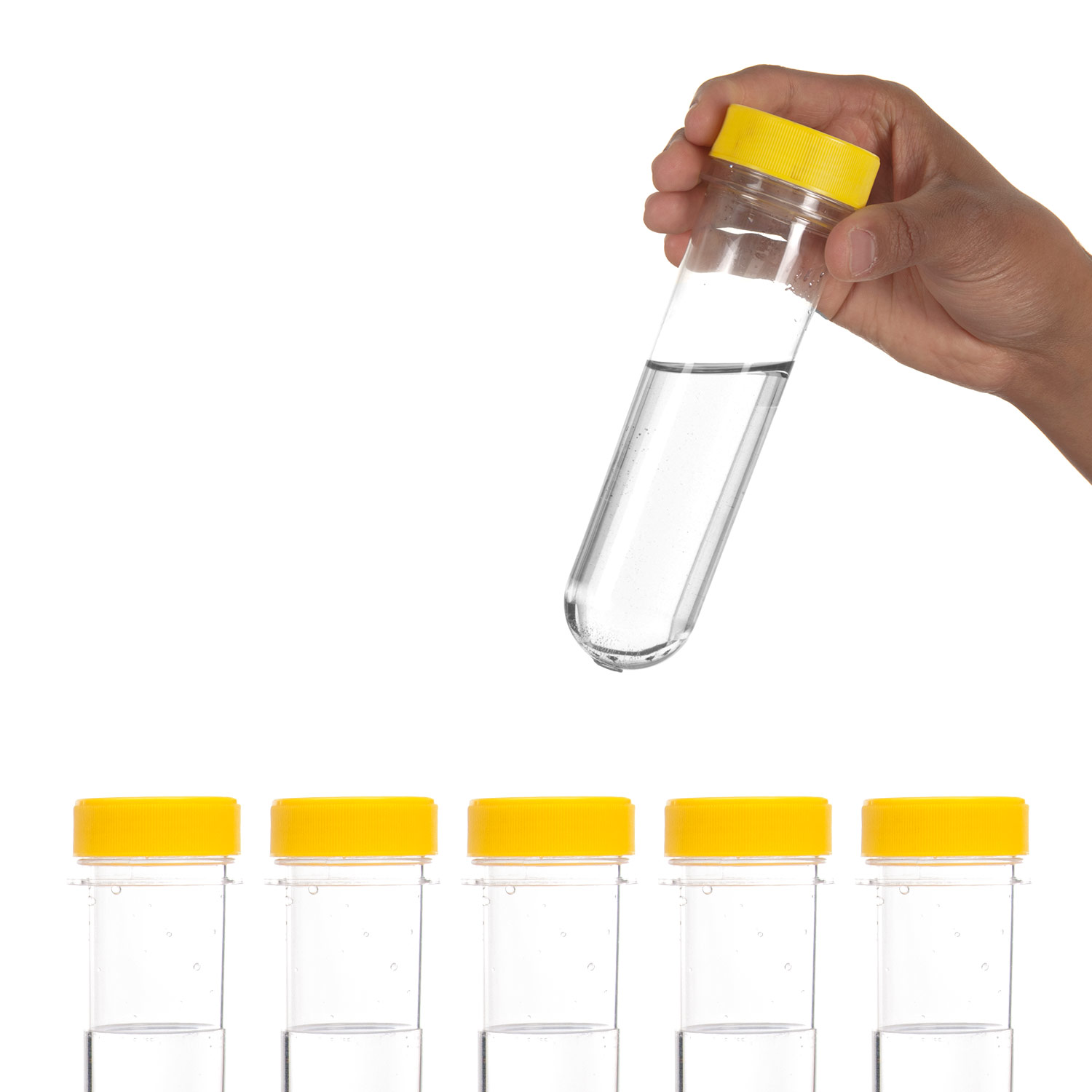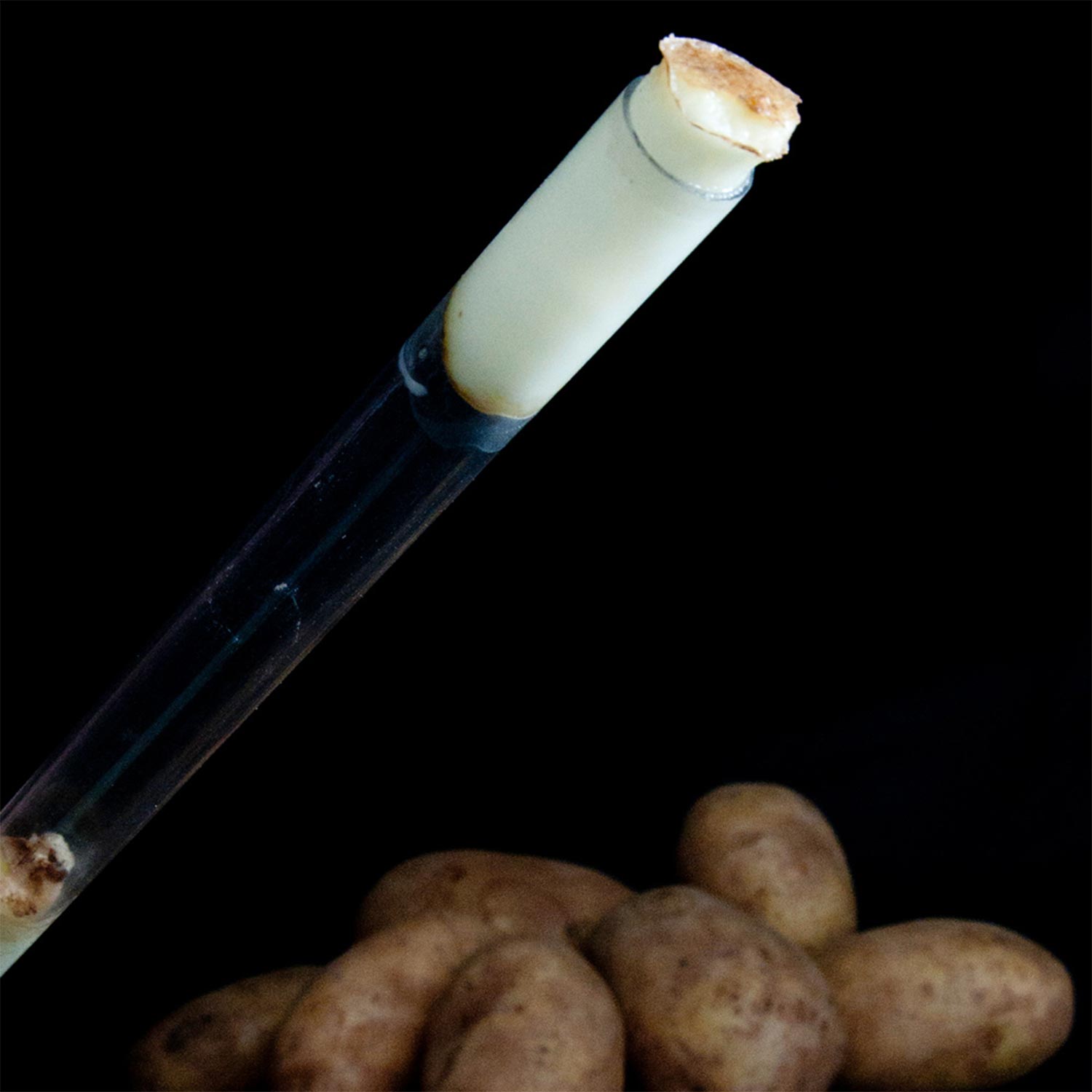- Fast, easy, and fun science experiment
- Explore the science of building polymers by cross-linking long chains of molecules
- It’s a cross-linking reaction between sodium alginate and a solution of calcium chloride
SKU: WORM-700
SKU: WORM-700

Create Fun, Wiggly Blue Strings While You Explore Polymer Science!
You get enough materials to make about 40 ft (12 m) of String Slime!
Squeeze a long stream of Blue String Slime into the Activator Solution and you’ll get an instant gooey string. Go ahead… dip your finger into the solution and fish out the coolest rubbery string you’ve ever seen. It’s a cross-linking reaction between sodium alginate and a solution of calcium chloride that happens the moment the two liquids mix. If you love the traditional slime reaction using PVA and Borax, you’ll love this new cross-linking reaction that’s guaranteed to knock your socks off.
What does it teach?
Explore the science of building polymers by cross-linking long chains of molecules. The process of making String Slime is faster and easier than the classic Slime recipe and it happens the very second the two liquids mix. Truly amazing!
What age is this activity best suited for?
This activity is suited for all ages. For the younger children, it is a great introduction to chemistry and polymers. The experiment allows them to have a very hands-on experience with science. For the older ones, the instant chemical change explores the science of cross-linking long chains of molecules.
Make Fun, Wiggly Blue Strings in an Instant!
Mix the Activator Solution, squirt the slime goo into it, and watch the mixture instantly turn into strings of slime! You’ll receive enough materials to make about 40 ft (12 m) of blue string slime. And the color won’t stain your hands!
Multiple Ways to Play!
Remove the slimy strings from the bowl and you’re ready to play! Snap the string in half to reveal the gooey center, and dip the ends into the Activator Solution to seal the String Slime back up!
For Teachers, Parents, Grandparents, and All-Around Science Adults
We haven’t forgotten about the new STEM and STEAM initiatives in our schools, bringing Science, Technology, Engineering, (Art), and Math together to make young scientist into real thinkers!
What’s Included?
Safety Information


 Potato Launcher
Potato Launcher
Question
Teresa Cobble –
Would the formation of worms be considered a precipitate?
(0) (0) Watch Unwatch
Staff lisabrooks –
It is not a precipitate. The two chemicals, when mixed, will cross link creating a polymer.
(0) (0)